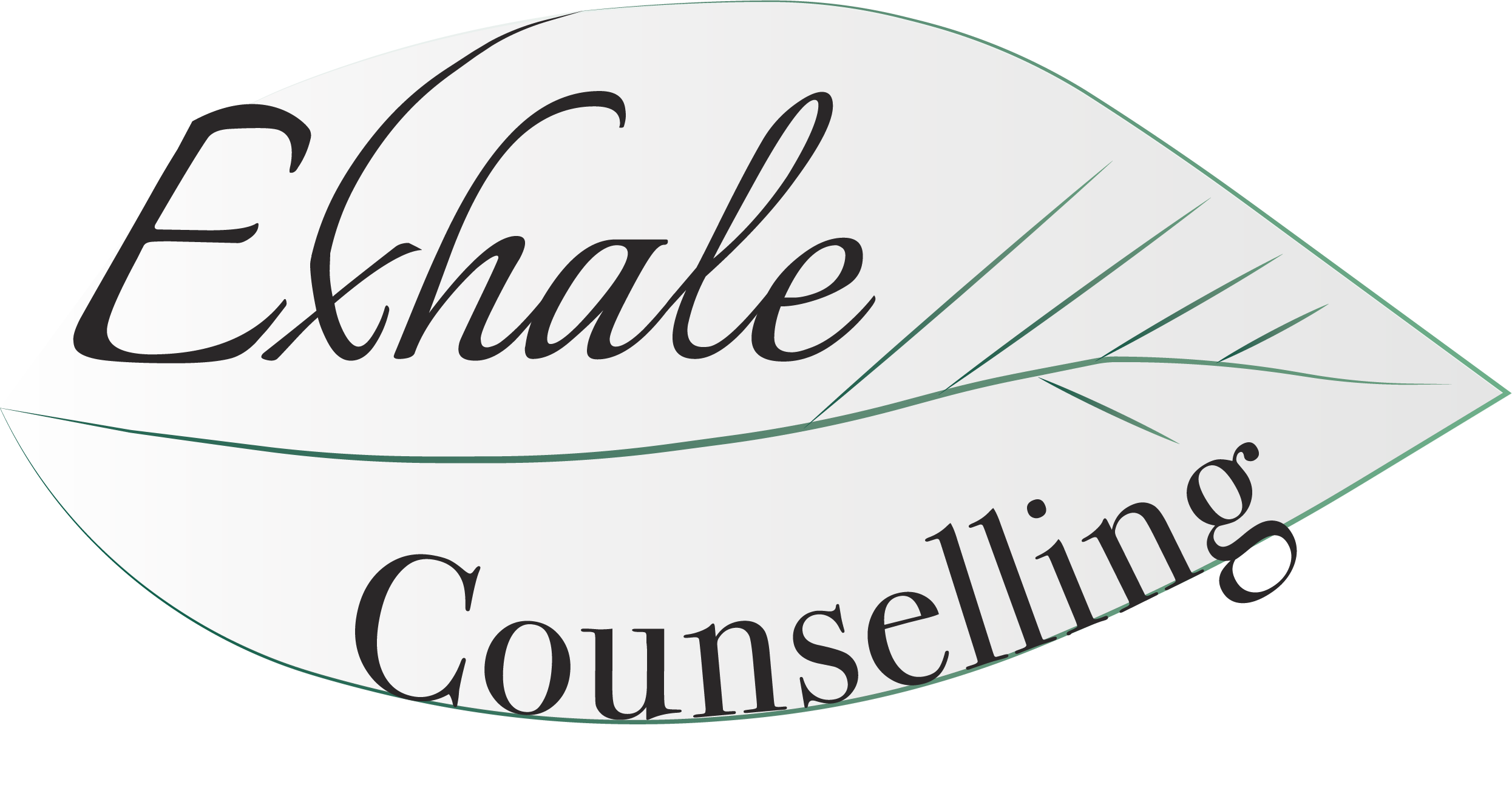Lesson No. 5 - This is the time to look inside and develop a nurturing and resilience-building practice
Out of This Mess
Pray
To be humble
So that God does not
Have to appear to be stingy.
O pray to be honest,
Strong,
Kind,
And pure,
So that the Beloved is never miscast
As a cruel great miser.
I know you have a hundred complex cases
Against God in court.
But never mind, wayfarer.
Let’s just get out of this mess
And pray to be loving and humble
So that the Friend will be forced to reveal
Himself
So
Near!
Hafiz
“Every forgiveness is a benefit to everyone.
Every kindness is there forever”.
Ram Dass – Walking each other home.
Both the Persian poet Hafiz and Ram Dass, the Harvard professor turned meditator, teacher and philosopher share something in common although they emerged in different times and cultures – they were devoted to their inner life and through this, created a great deal of goodness in the world.
Here is another luminary from a different time and culture as well – Rabbi Zalman Schachter Shalomi who was fond of guiding questions before starting his (and his disciples) inner practices.
Here they are:
Am I ready to begin my practice for today?
Am I ready to invest some energy?
Am I ready to improve my life and the world in some small way?
Am I ready to relax into what I am about to do, to open my heart as wide as possible, to welcome something of that universal presence?
At the end of the practice, he asks;
Am I ready to bring a tiny spark of holiness back to our everyday world?
If you suspect that only people of faith can and wish to have an internal practice, it will suffice to say that Ram Dass, being a Budhhist, did not have to believe there is a God to feel the holiness in everything.
“The best spiritual approach for self-inquiry is allowing prayers. Ask for divine assistance and surrender all personal will through devotion” – Richard Hawkins, M.D., Ph.D
Although this sounds again like a deeply religious man, Dr. Hawkins was a self -realized human through his inner work over many decades. He stopped practicing psychiatry/psychology and devoted himself to bringing “a tiny spark of holiness back to our everyday world”.
As you notice, personal practices/self-inquiries have some things in common, no matter what upbringing you had, what culture you absorbed and what your views on institutionalized religion are.
Here are some commonalities; we need to set aside some time, preferably every day where we can sit in a quiet space; it may help to have a designated corner in our home for this purpose; it makes sense to be with ourselves early in the morning when the world is more quiet and/or before we go to bed; sometimes it is helpful to stretch/move before starting the practice; a candle (focal point) and/or soft music may help to enhance the senses; it is better to practice when your stomach is not full as a full stomach will make you sluggish and take away some of your attention; it helps to start small, maybe 5 to 10 minutes at a time.
There is an infinite number of internal practices and you may experiment with a few until you find what nourishes and strengthens you. What does it mean? If you leave the practice feeling worse or not better, this is not working for you. The content of the practice is not important although I have my favourites; what is important is to give it your full attention and bring yourself back to the present if you start thinking or drifting. It is also important that you commit to being fully yourself as you are just with yourself; no need to pretend things are better or worse than they really are.
One of my favourite practices (you may have guessed this by now) is to ask a question before the start of the practice. As you sit, you just allow for the inner thoughts, feelings, sensations, images, memories etc. to float in front of your eyes without controlling them, becoming the witness of your experiences. You can use the questions at the top of this blog or make your own as they fit where you are in the present time. You can also use some of my questions from previous blogs if you find them helpful.
I prefer to sit on the ground inside my home or under a tree or near water when I am outside.
It helps to have a not-too-soft cushion under the hips which will help the spine be tall and steady; we can also have 2 cushions under the knees if they are sore or very far from the ground. If the spine feels achy or fatigued, we can lean on the wall behind us, bringing our gluts as close to it as possible.
You can learn some established practices such as Sadhguru’s Isha Kriya or Inner Engineering or Mataji’s Sahaja Yoga (another 2 of my favourites) or “just” pray. You can pray and bless (see Metta meditation in blog no. 15), express gratitude, repeat a mantra (eg. affirmations) or chant some verses or songs that touch your heart. Take stock of how you feel before the start of the practice and at the end. Spend a few minutes at the beginning and end to write what is going on inside as it will help bring your attention there or focus on the body and its sensations (which will help orient you to the present and relax you). Over time, you can go back to your writing and witness your process as it unfolded.
I would love to hear how you are doing with this; comments, questions and feedback is always welcome.
With warm blessings for your health and well-being,
Lydia


